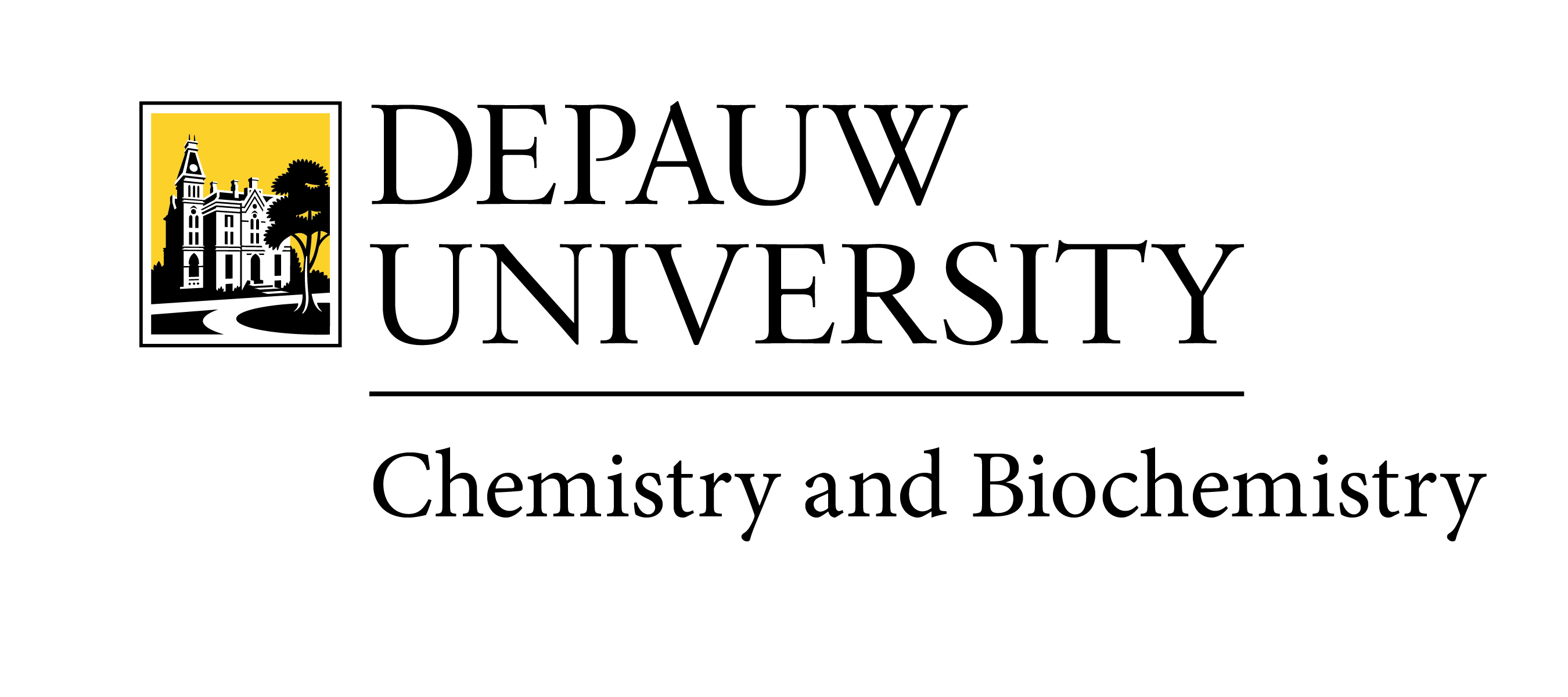Title
External Standards or Standard Addition? Selecting and Validating a Method of Standardization
Document Type
Article
Publication Date
5-2002
Abstract
A common feature of many problem-based laboratories in analytical chemistry is a lengthy independent project involving the analysis of "real-world" samples. Students research the literature, adapting and developing a method suitable for their analyte, sample matrix, and problem scenario. Because these projects encompass the complete analytical process, students must consider issues such as obtaining a representative sample, selecting a method of analysis, developing a suitable standardization, validating results, and implementing appropriate quality assessment/quality control practices. Most textbooks and monographs suitable for an undergraduate course in analytical chemistry, however, provide only limited coverage of these important topics. The need for short laboratory experiments emphasizing important facets of method development, such as selecting a method of standardization, is evident. The experiment reported here, which is suitable for an introductory course in analytical chemistry, illustrates the importance of matrix effects when selecting a method of standardization. Students also learn how a spike recovery is used to validate an analytical method, and obtain a practical experience in the difference between performing an external standardization and a standard addition.
Recommended Citation
Harvey, D.T. “External Standards vs. Standard Additions: Selecting and Validating a Method of Standardiza- tions,” J. Chem. Educ. 2002, 79, 360–363.


 https://orcid.org/0000-0003-2959-8918
https://orcid.org/0000-0003-2959-8918 